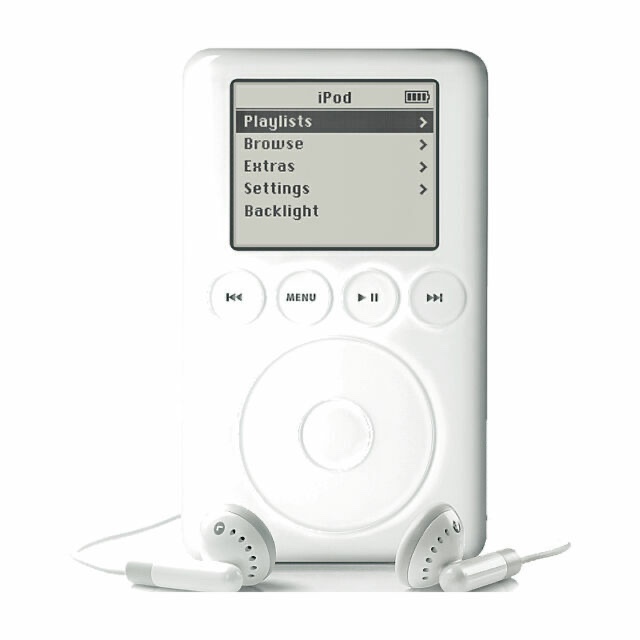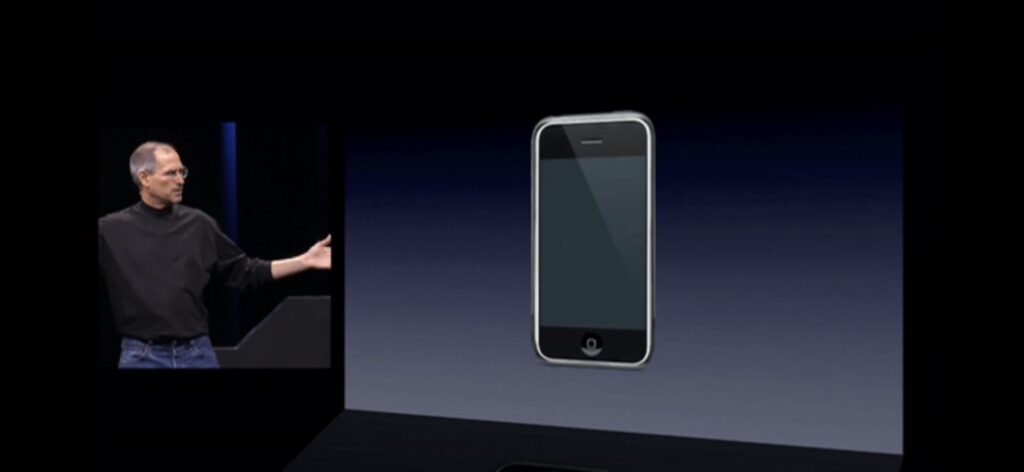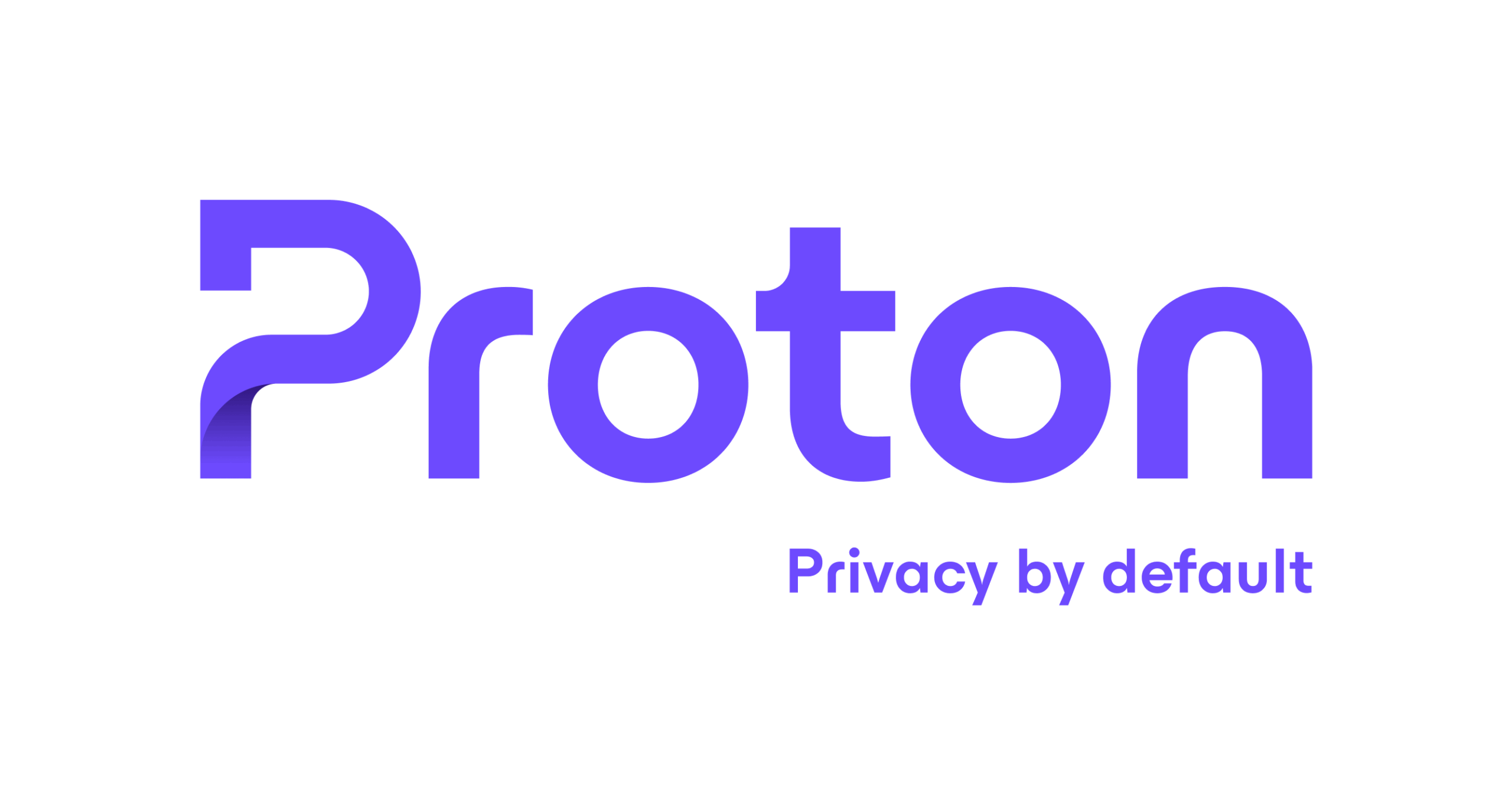제 첫 애플 제품은 아이팟 3세대였지만 이 녀석은 앞면이나 뒷면이나 긁힘에 결코 강한 녀석은 아니었습니다. 앞면의 폴리카보네이트나 뒷면의 스테인리스나 긁힘에 정말 약했죠.

그래서 스티브 잡스가 앞면의 거의 대부분을 화면으로 만들고, 그 화면 위에서 조작하는 “(발표 당시 잡스 표현을 빌면)거대한” 화면이 박스에서 열자마자 긁히고 패이는 상황을 참지 못해 코닝의 CEO에게 직접 전화를 걸어야 했던 상황이 굉장히 납득이 갑니다. 자랑하고픈 핵심 특징이니까요.

About six months before the iPhone hit store shelves in 2007, Steve Jobs called Corning’s CEO, Wendell Weeks, and asked him if he could create a glass cover for a new Apple product that would resist scratches and breakage. (중략)
Actually, the original iPhone spec called for a plastic cover over the touchscreen display. The story goes that Jobs, after using a prototype iPhone for a few weeks, became very worried that the device’s display would get scratched when jumbled around in user’s pockets with keys and coins. So he gathered his engineers and demanded a new glass covering be used for the iPhone. Hence Jobs’s phone call to Weeks.
Jobs’ six-month deadline was a real challenge for Corning, the VP of Corning’s Gorilla division, John Bayne, told me. Bayne said it normally takes Corning close to two years of R&D to get any new product to market.
Fortunately, like the iPhone itself, Gorilla Glass benefited from some earlier R&D, Bayne explained. In the 1960s Corning had worked on strengthened glass for car windshields, and while that product never came to market, Corning would later roll that work into a new glass used in TVs and laptops. And that served as the backbone of the glass Corning proposed to Jobs for the future iPhone.
2007년 아이폰이 출시되기 약 6개월 전, 스티브 잡스는 코닝의 CEO인 웬델 위크스에게 전화를 걸어 새로운 애플 제품에 사용할 긁힘과 파손에 강한 유리 커버를 만들 수 있는지 물었습니다. (중략)실제로 원래 아이폰 사양에는 터치스크린 디스플레이 위에 플라스틱 커버가 사용될 예정이었습니다. 이야기에 따르면 잡스는 프로토타입 아이폰을 몇 주 동안 사용한 후, 사용자의 주머니 속에서 열쇠나 동전과 함께 흔들리면서 디스플레이가 긁힐 수 있다는 점에 대해 매우 우려했습니다. 그래서 그는 엔지니어들을 소집해 아이폰에 새로운 유리 커버를 사용하도록 요구했습니다. 따라서 잡스가 위크스에게 전화를 걸게 된 것입니다.
잡스의 6개월 마감일은 코닝에게 진정한 도전이었습니다. 코닝의 고릴라 부서 부사장 존 베인은 저에게 말했습니다. 베인은 코닝이 새로운 제품을 시장에 출시하기까지 보통 2년 가까운 연구개발이 필요하다고 설명했습니다.
행운히도, 아이폰 자체처럼 고릴라 글라스도 이전 연구 개발의 혜택을 받았다고 베인은 설명했습니다. 1960년대 코닝은 자동차 윈드실드용 강화 유리 개발에 착수했지만, 해당 제품은 시장에 출시되지 않았습니다. 그러나 코닝은 그 기술을 TV와 노트북에 사용되는 새로운 유리 개발에 적용했으며, 이것이 바로 잡스에게 제안된 미래 아이폰용 유리 기술의 기반이 되었습니다.
원문
만약 잡스가 플라스틱 화면에 안주했다면 우리는 어쩌면 한동안 액정보호지가 당연시 되던 플라스틱 화면을 썼겠지. 라고 생각했습니다. 열이 나서 오랜만에 사용한 브라운 체온계의 플라스틱 화면에 생긴 출처 불명의 기스를 보면서 잡스와 코닝의 엔지니어들에게 고마움이 듭니다.
추기. 이후 2009년 발매 iPhone 3GS부터 지문등으로 덜 더러워지도록 발유 코팅(oleophobic coating)이 추가 되어 화면이 한층 더 보기 좋아졌습니다.
